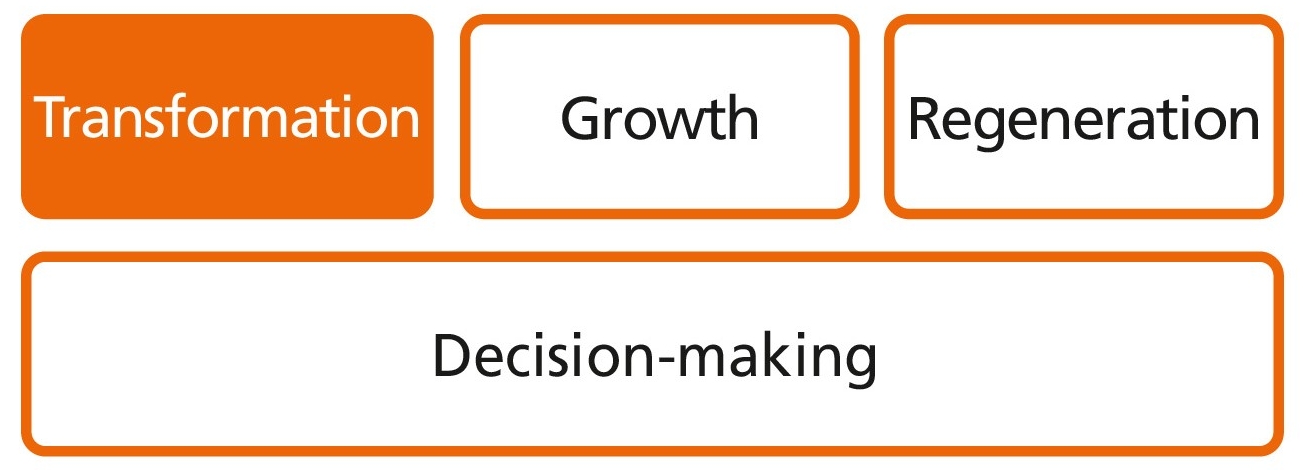What is the challenge?
The arrangement and filling of shelves is practiced both in retail and in the intralogistics of warehouses. Product placement on the shelves, for example by tactical arrangement in placement height, combination and quantity, has an impact on the respective retail sales. Shelf space is becoming more valuable due to the increasing number of competing products. However, shelf layout issues are complex and involve various factors such as buying habits and sales and contribution margin of the respective products. Optimal utilization of storage racks is also a complex and dynamic daily task in intralogistics warehousing, for example in order to optimize the movement sequences of warehouse employees.



